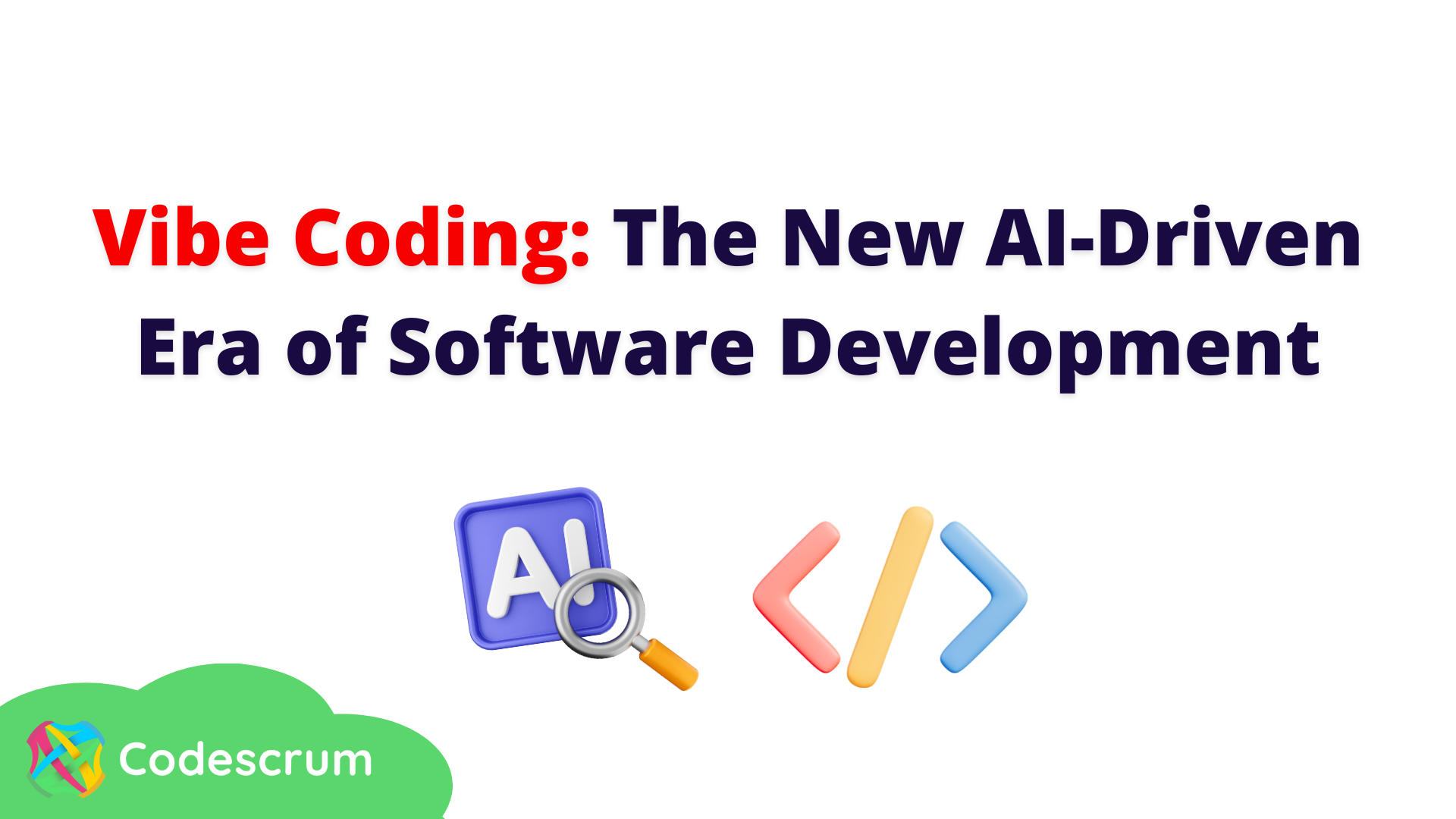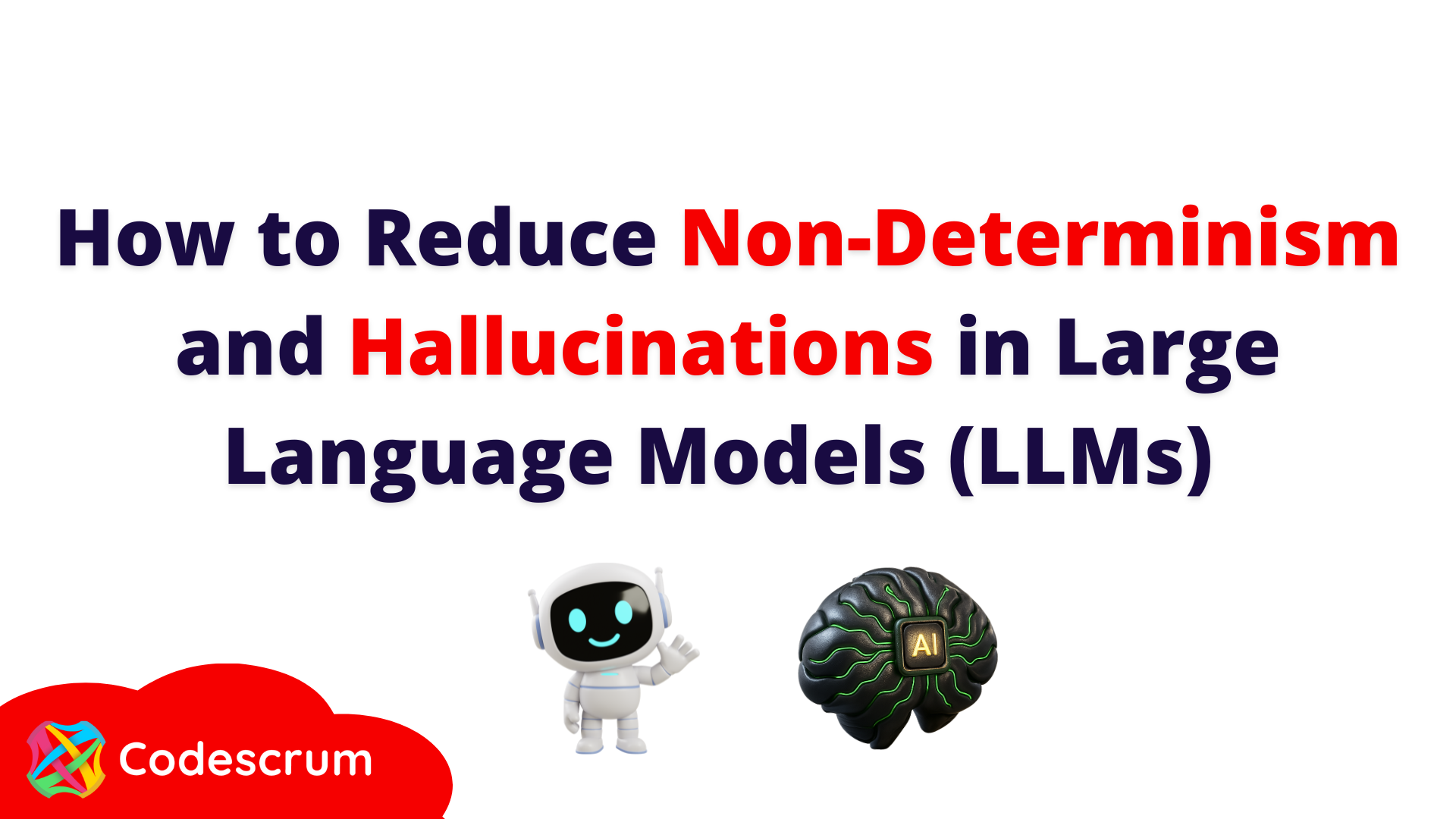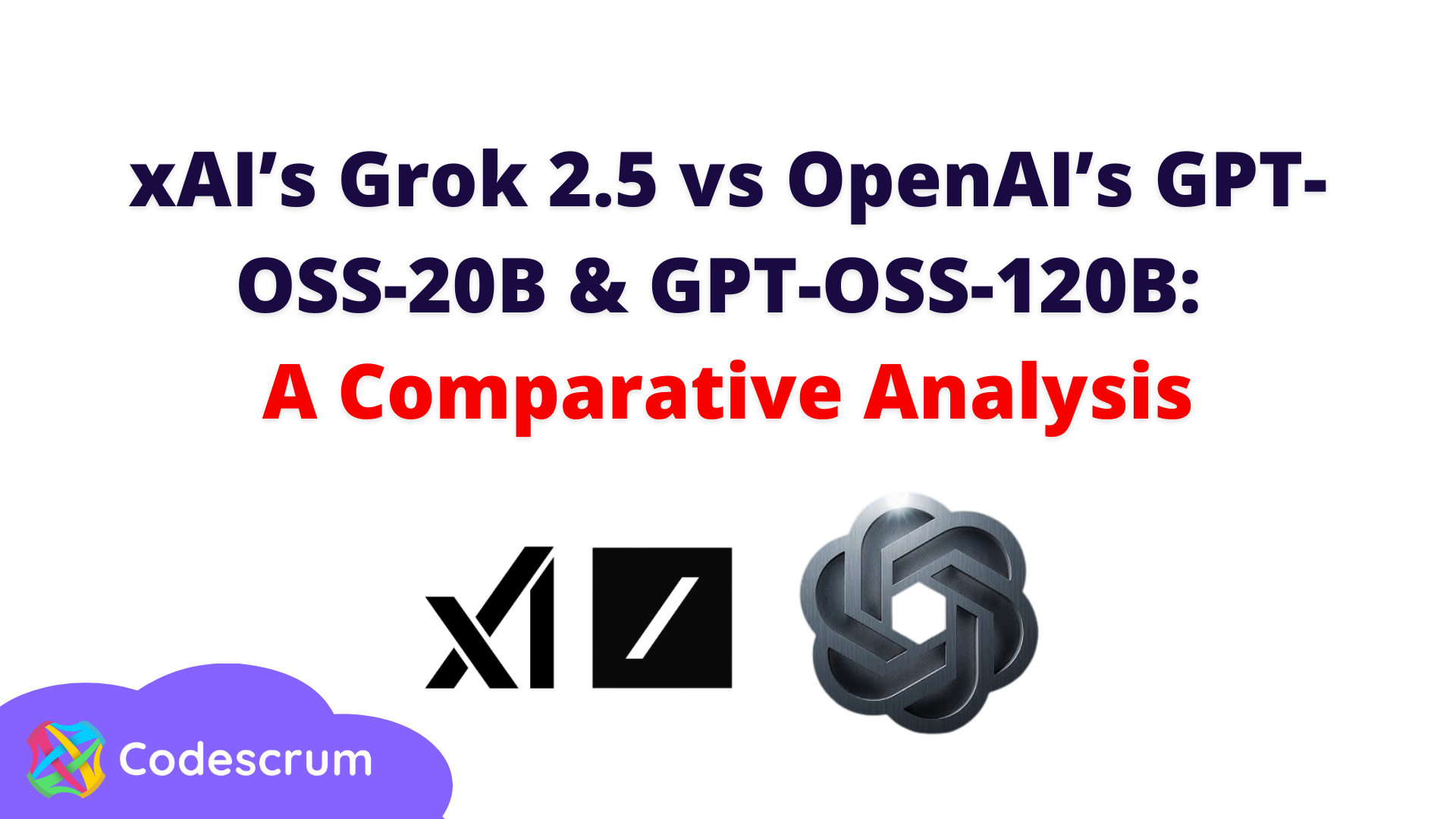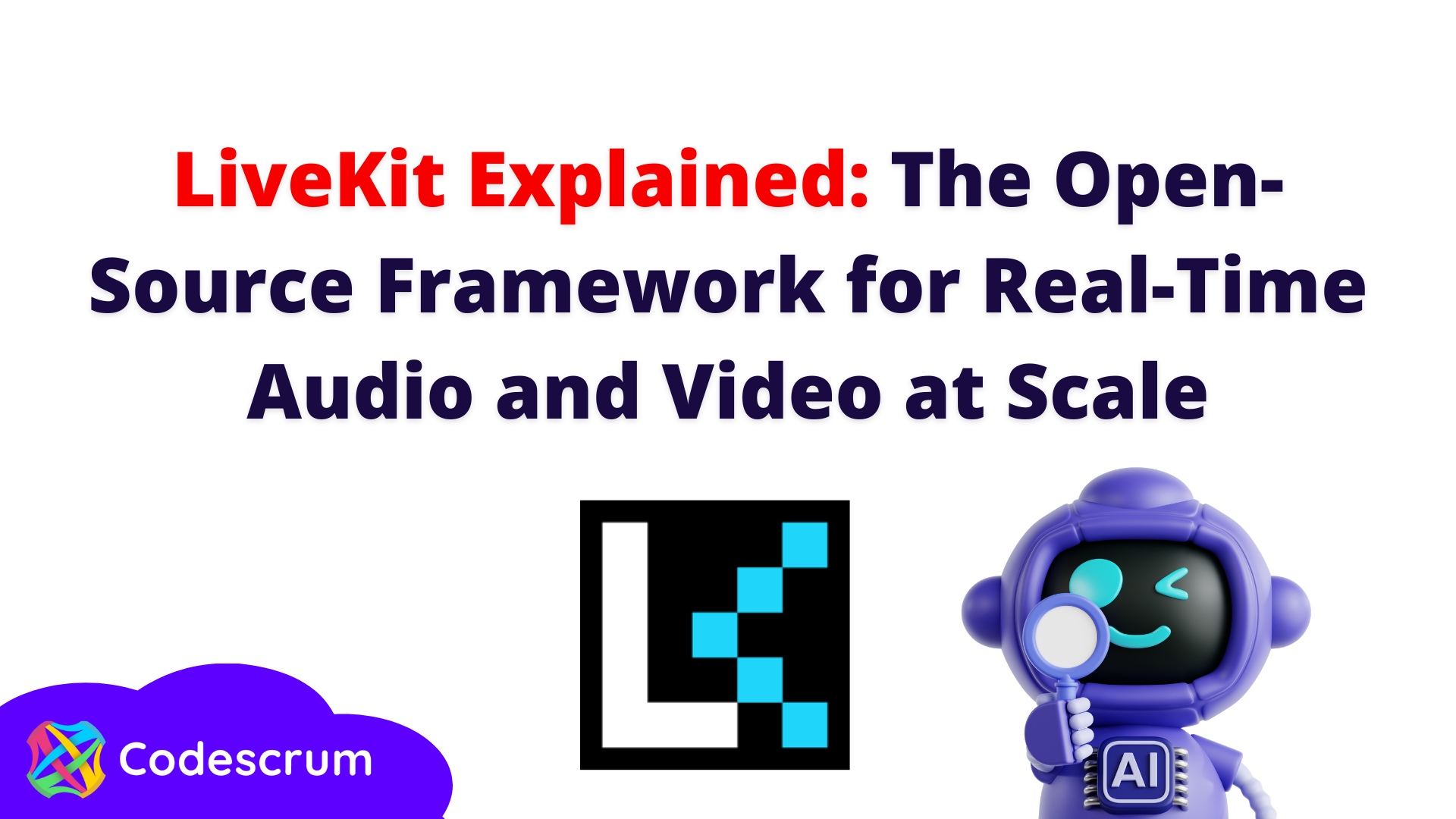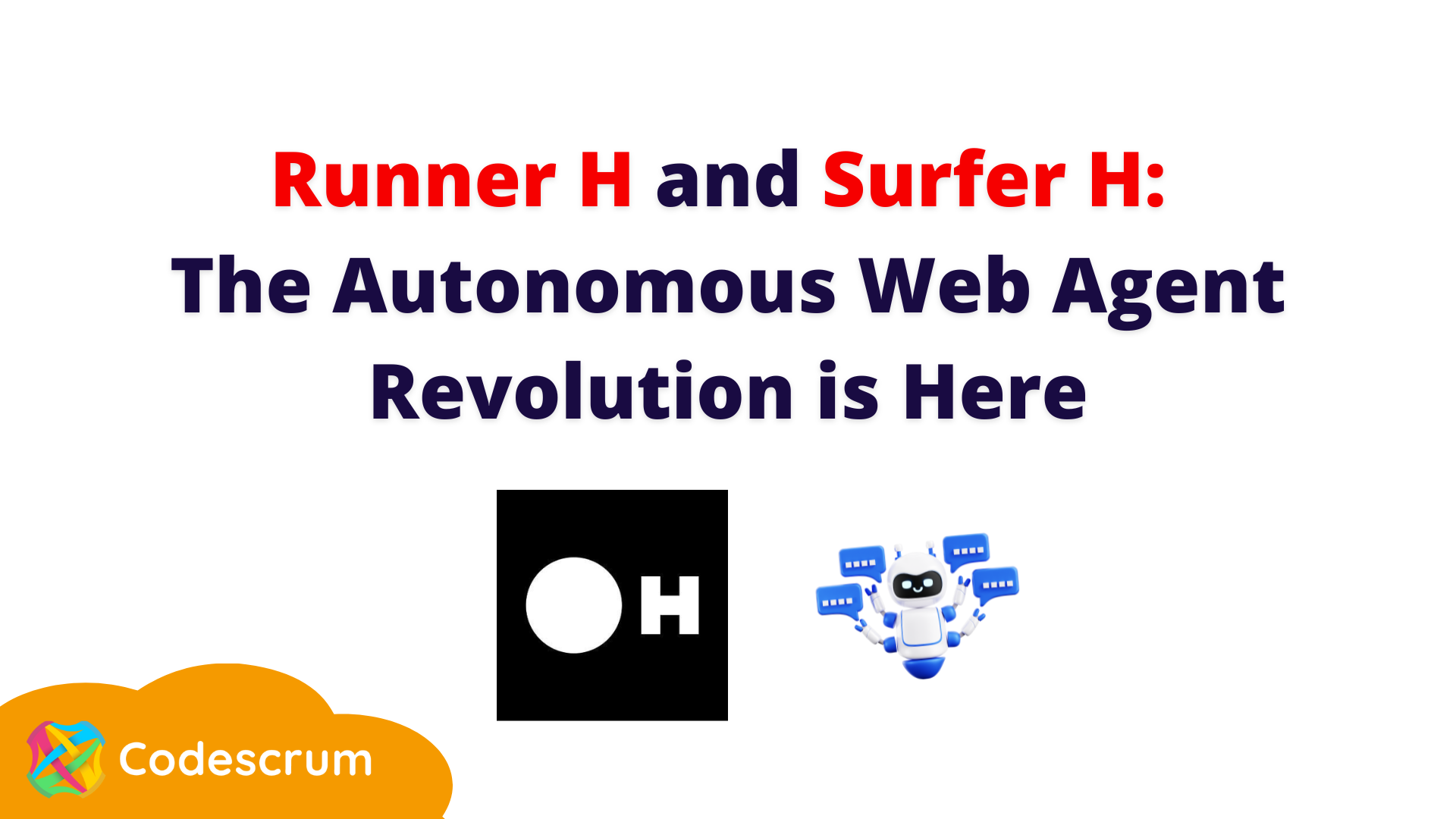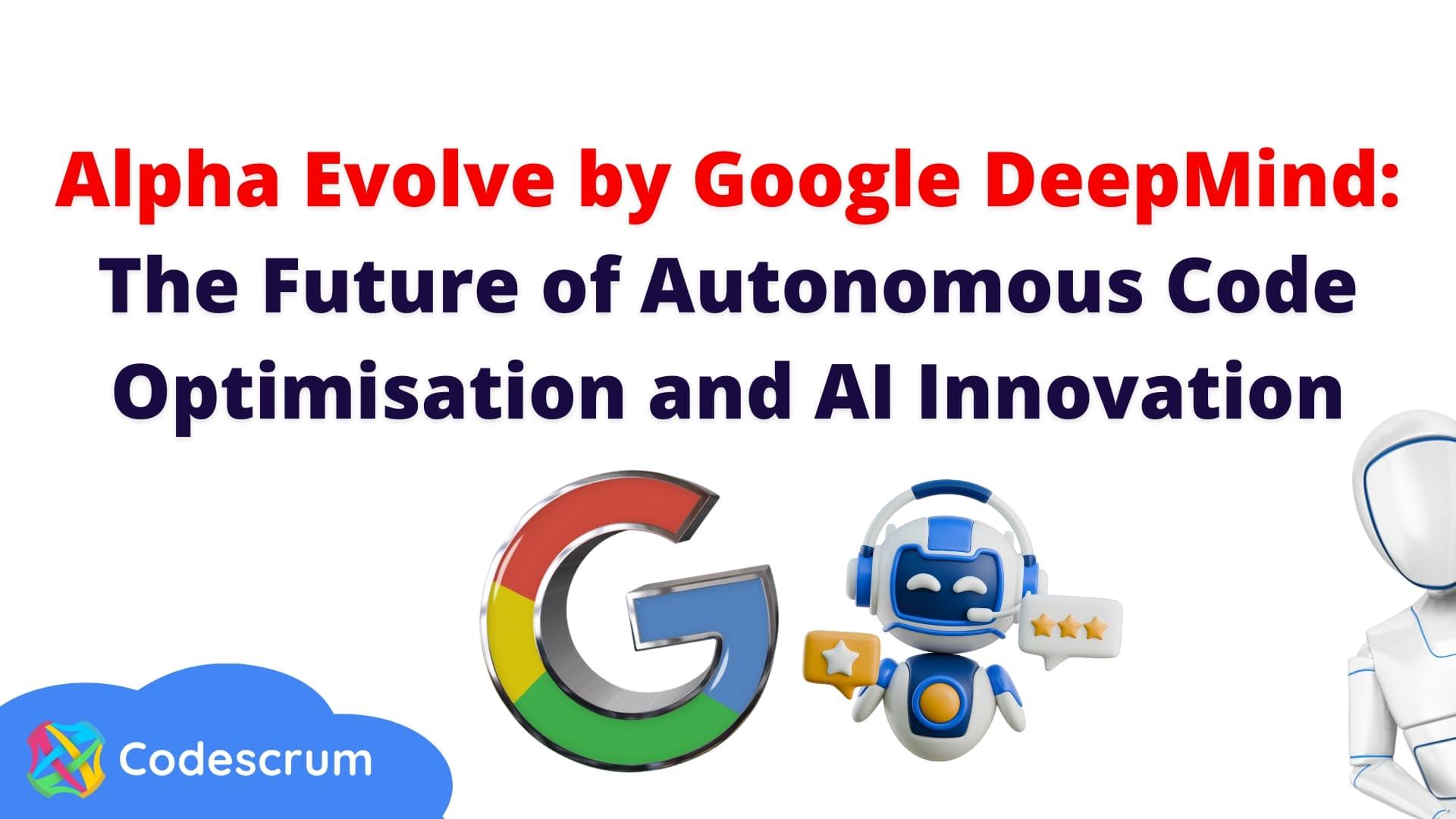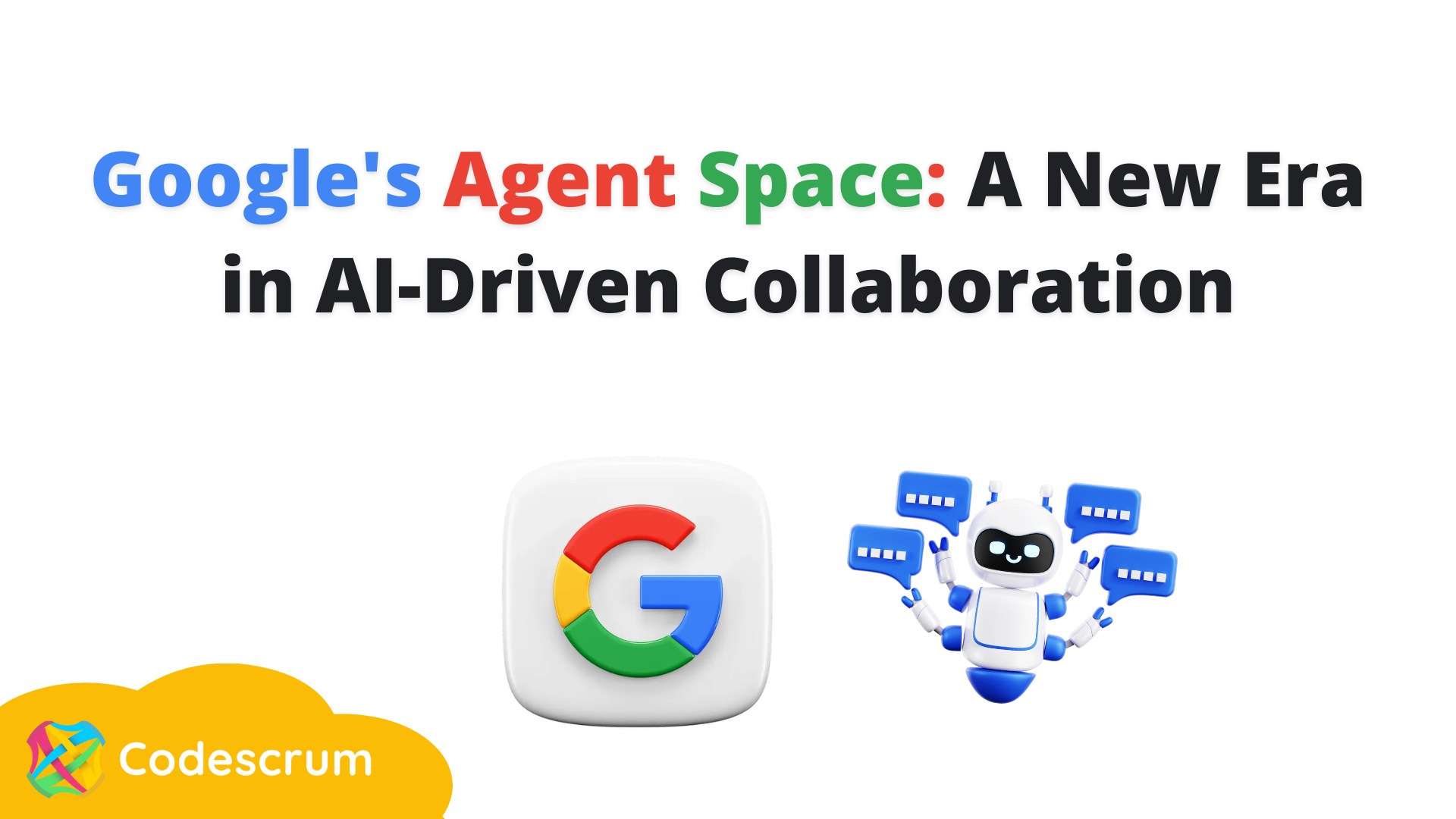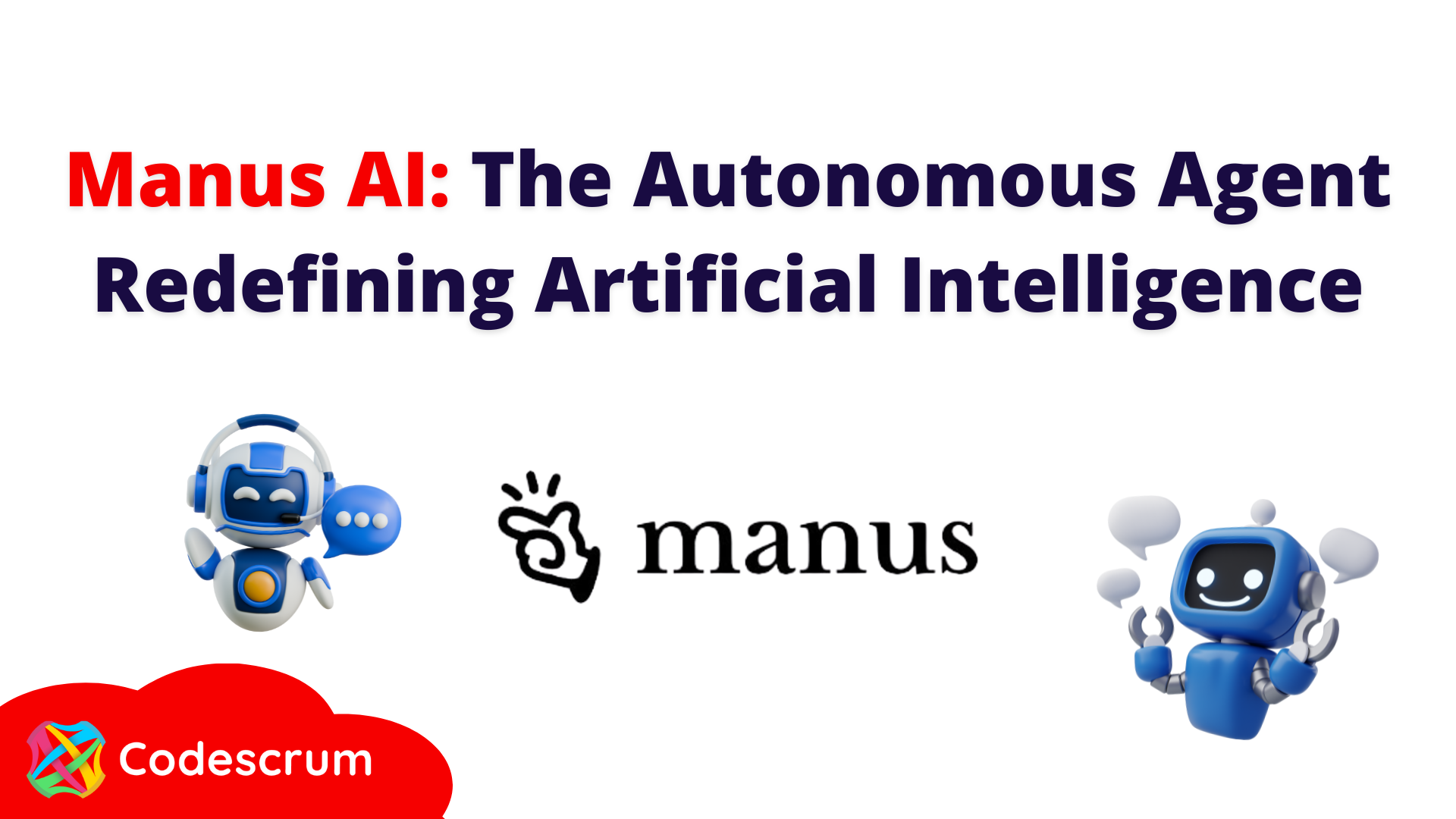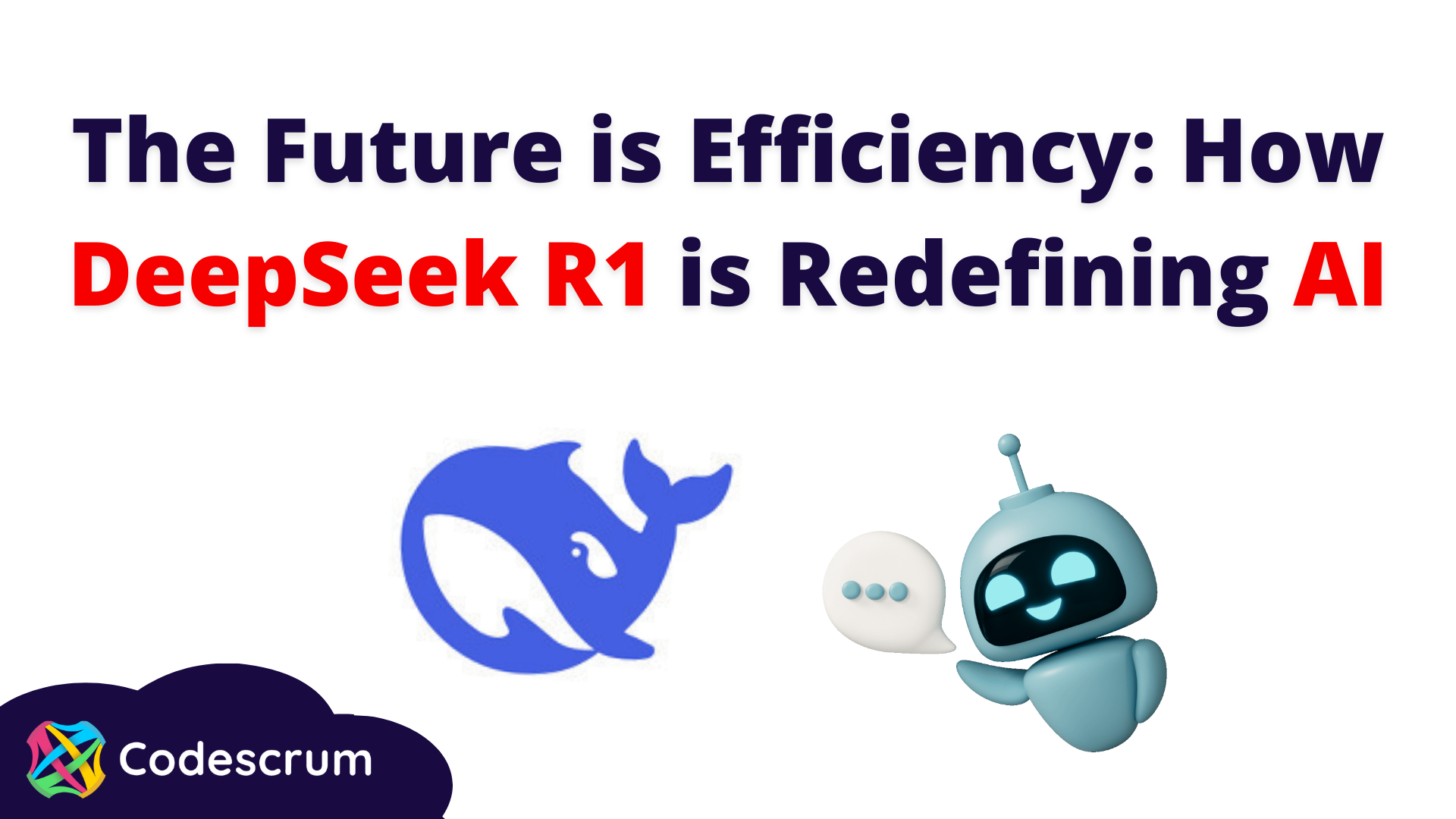DSPy: Revolutionising AI Application Development with Language Models
In the rapidly evolving field of artificial intelligence, building reliable and efficient applications with large language models (LLMs) often presents challenges, particularly in prompt engineering. Developers can spend countless hours fine-tuning prompts only to achieve inconsistent results. DSPy, a groundbreaking framework developed by Stanford University, aims to transform this process, offering a more intuitive, scalable, and efficient approach to working with LLMs.
A New Paradigm in Language Model Development
Traditional methods of developing language model applications heavily rely on crafting the perfect prompt. While effective to some extent, this approach is labour-intensive and often yields unpredictable results. DSPy introduces a shift away from this dependency by allowing developers to focus on defining the desired outcomes. The framework itself takes over the task of optimising prompts, making the entire development process more straightforward and less error-prone.
Key Features of DSPy
- Declarative Programming: DSPy enables developers to describe what they want the model to achieve rather than how to achieve it. Using clear, Python-based syntax, DSPy abstracts the complexities of prompt engineering, allowing developers to concentrate on the high-level logic of their applications.
- Modular and Scalable Architecture: DSPy’s modular design allows for the assembly of reusable components to create complex processing pipelines. These modules can be mixed, matched, and customized to meet specific needs, promoting flexibility and reusability in AI application development.
- Continuous Prompt Optimization: DSPy’s most significant feature is its ability to refine and improve prompts continuously based on feedback and evaluation. This self-improving capability ensures that models become more accurate and reliable over time, reducing the need for manual adjustments.
- Adaptability Across Domains: Whether you work in healthcare, e-commerce, or any other industry, DSPy can adapt to your domain's specific requirements. Its flexible framework allows easy reconfiguration to meet new challenges without starting from scratch.
The Mechanics of DSPy
DSPy streamlines the development process by offering a transparent workflow from task definition to the compilation of executable pipelines. Here’s how it works:
- Task Definition: Users begin by specifying the task's goals and the metrics that will define success. These metrics guide DSPy in optimizing the model’s behaviour to meet the desired outcomes.
- Pipeline Construction: DSPy provides a range of pre-built modules that can be selected and configured according to the task. These modules can be chained together to create complex pipelines, facilitating sophisticated workflows that are easy to manage and extend.
- Optimization and Compilation: The framework optimizes prompts using in-context learning and automatically generating few-shot examples. Once the pipeline is configured, DSPy compiles it into efficient, executable Python code that is ready to integrate into your application.
Advantages of Using DSPy
DSPy offers several compelling advantages that make it an essential tool for anyone working with LLMs:
- Improved Reliability: By focusing on what the model should achieve rather than how to prompt it, DSPy ensures more consistent and reliable outputs across various tasks. This leads to fewer surprises and a more predictable AI performance.
- Simplified Development Process: The modular architecture and automated optimization process significantly reduce the time and effort required to develop complex AI applications. Developers can focus on their applications' logic while DSPy handles the intricacies of prompt engineering.
- Scalability for Large Projects: DSPy’s optimization techniques are precious when scaling up to handle large datasets or complex problems. The framework’s ability to refine prompts and adjust model behaviour automatically ensures that applications can grow and adapt to new challenges seamlessly.
- Versatile Application Across Multiple Domains: DSPy’s adaptability suits various use cases, from customer support chatbots to advanced content generation systems. Its ability to quickly reconfigure for different tasks makes it a powerful tool across industries.
Real-World Applications of DSPy
DSPy’s versatility shines through in various practical applications:
- Advanced Question Answering Systems: By combining retrieval-augmented generation with chain-of-thought prompting, DSPy can create sophisticated QA systems capable of handling complex queries with high accuracy.
- Efficient Text Summarization: Whether summarizing short articles or lengthy documents, DSPy allows for the creation of pipelines that can adapt to different styles and lengths, producing summaries that effectively capture the essential points.
- Automated Code Generation: For developers, DSPy can generate code snippets from natural language descriptions, speeding up the prototyping process and enabling non-programmers to create simple scripts easily.
- Contextual Language Translation: DSPy enhances machine translation by understanding the context and nuances of different languages, ensuring more accurate and culturally relevant translations.
- Intelligent Chatbots and Conversational AI: DSPy allows for the creation of chatbots that offer more natural, human-like interactions, capable of maintaining context and providing responses that align with user preferences and conversational flow.
Getting Started with DSPy
Installing DSPy is straightforward. Simply run the following command in your terminal:
pip install dspy-ai
DSPy supports integrations with tools like Qdrant, ChromaDB, and Marqo for those interested in additional capabilities.
Resources and Community Support
The official DSPy documentation and GitHub repository are excellent starting points for anyone looking into the framework. They offer comprehensive tutorials, examples, and an issue tracker to assist in troubleshooting. DSPy’s growing community is also active on GitHub and Discord, providing a platform for users to exchange ideas, ask questions, and share experiences.
Frequently Asked Questions About DSPy
1. What do I need to run DSPy?
DSPy requires Python 3.7 or higher and is compatible with modern operating systems like Windows, macOS, and Linux. For optimal performance, especially when handling large language models, it is recommended to have at least 8GB of RAM and, if possible, a GPU.
2. Are there any limitations or challenges with DSPy?
DSPy has some limitations as an evolving framework, including variability in performance across different language models and the need for significant computational resources for large-scale tasks. To mitigate these challenges, users are encouraged to stay updated with the latest releases and community discussions.
3. How well does DSPy handle multilingual tasks?
DSPy supports multilingual tasks by leveraging language models trained in multiple languages. The effectiveness of these tasks depends on the quality of the training data for each language, but DSPy can optimise prompts accordingly for improved results.
4. Which language models are compatible with DSPy?
DSPy is designed to work with a variety of large language models, including popular options like GPT-3 and GPT-4 and open-source alternatives. The official DSPy documentation provides up-to-date information on compatible models.
5. Is DSPy suitable for commercial use?
DSPy is open-source and licensed under the Apache License 2.0, which permits commercial use. However, to ensure compliance, you should review the licensing terms of the specific language models you plan to use with DSPy.
Conclusion
DSPy is poised to revolutionise how developers interact with large language models, offering a more efficient, reliable, and scalable approach to AI application development. By moving beyond traditional prompt engineering, DSPy empowers developers to focus on the high-level design of their applications, making the entire process more intuitive and accessible.
Whether you’re developing chatbots, content generation tools, or complex QA systems, DSPy provides the flexibility and power to create cutting-edge AI solutions.
